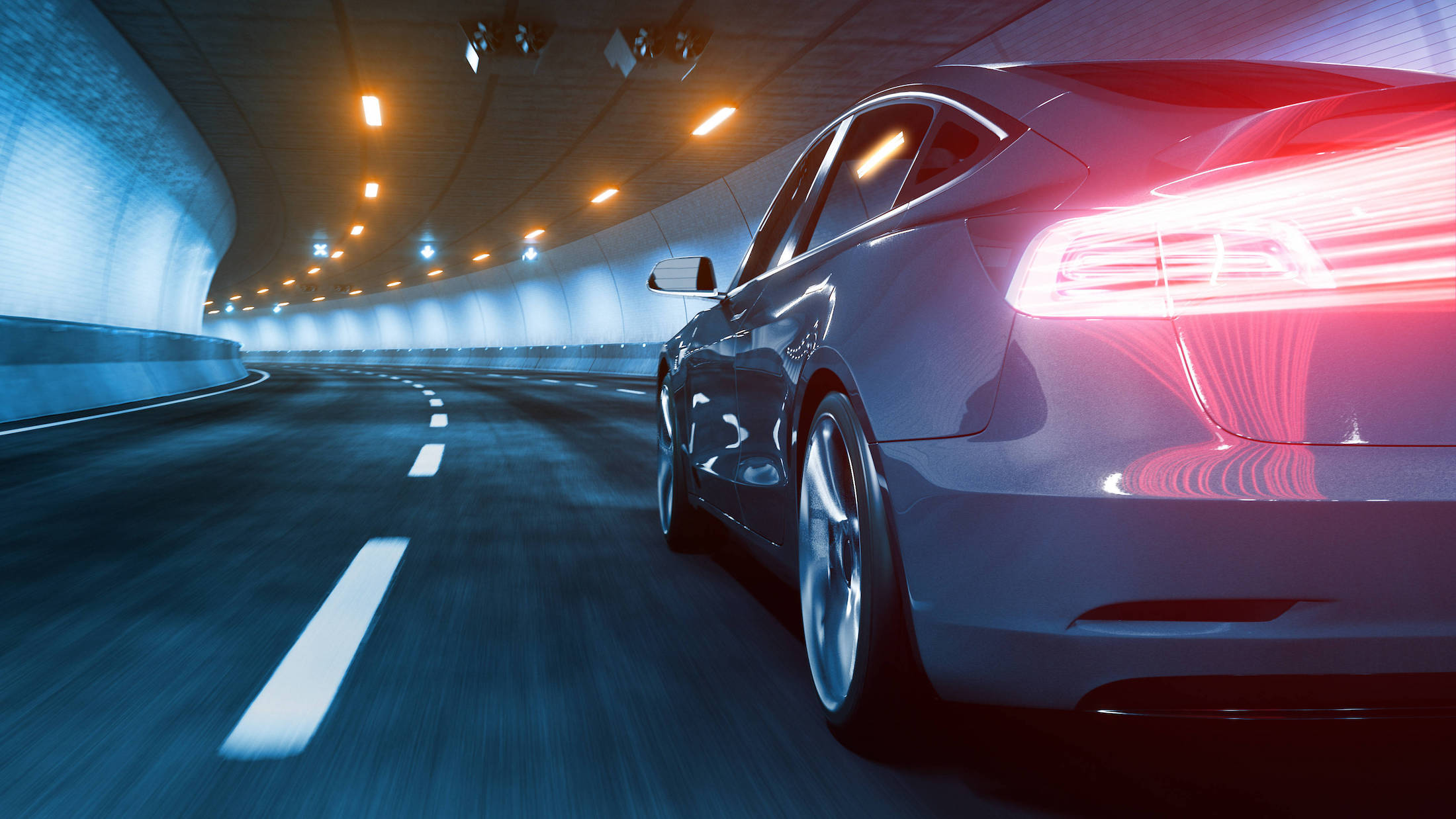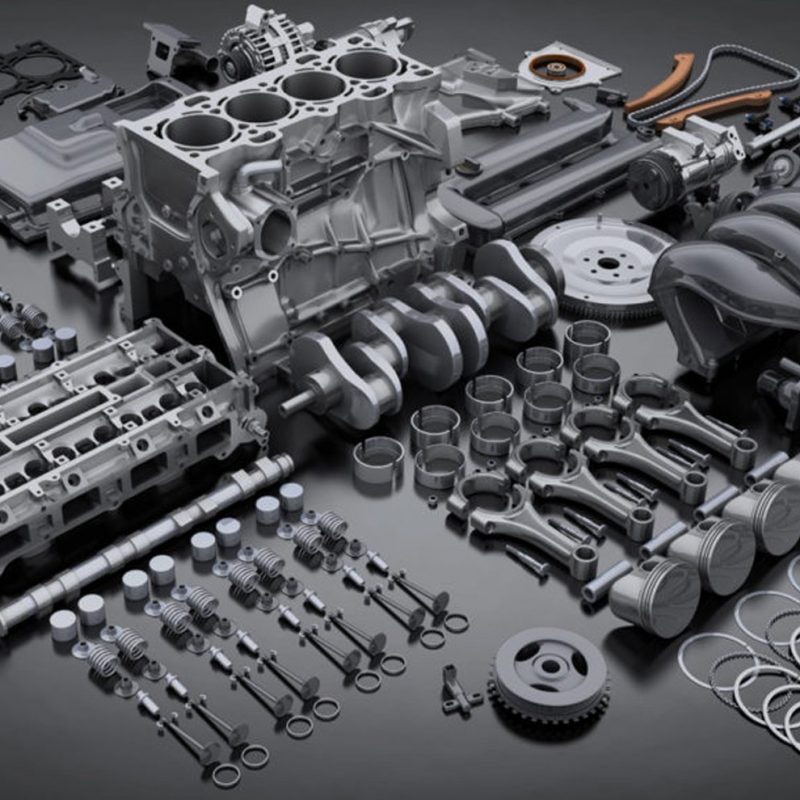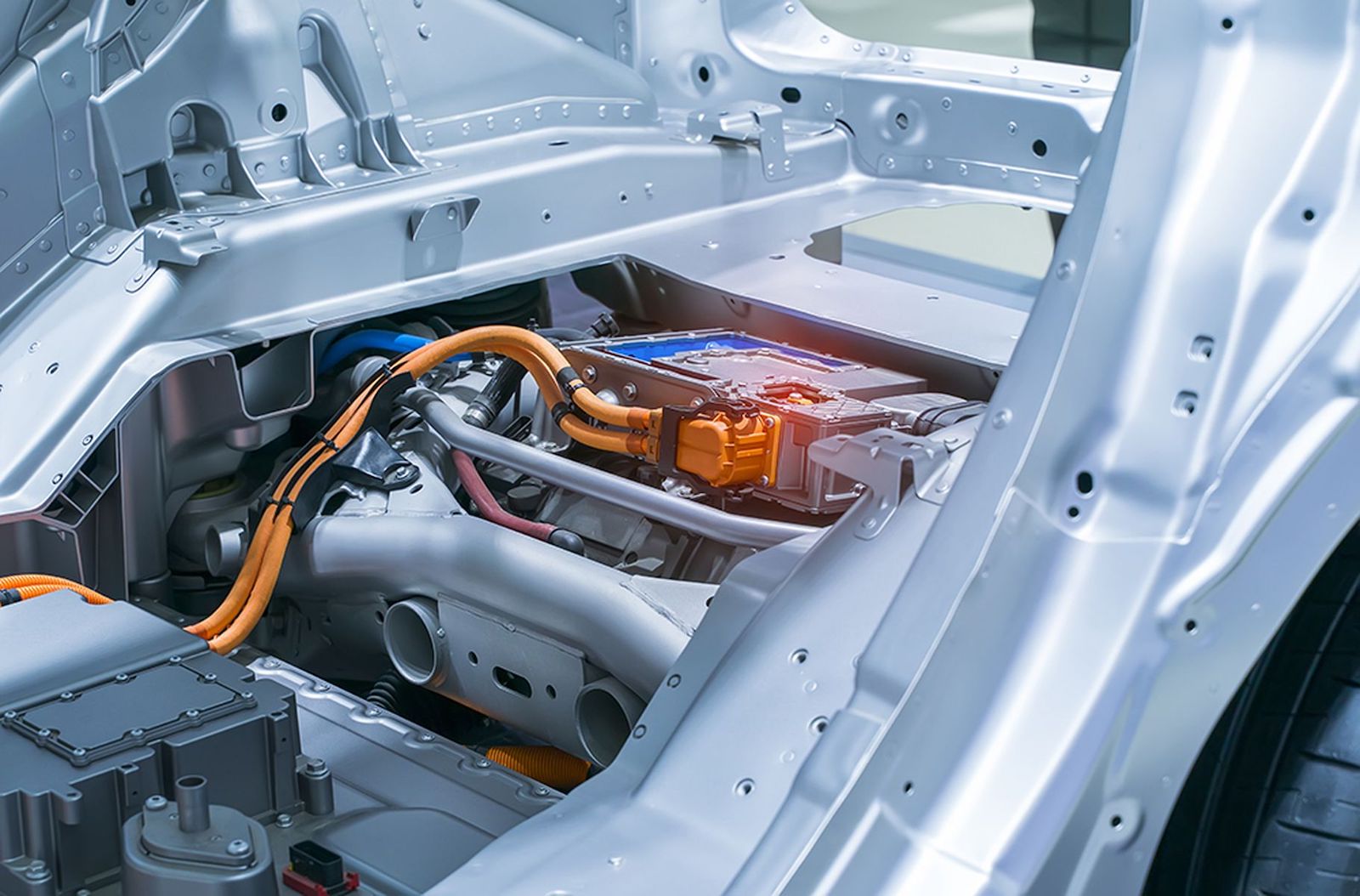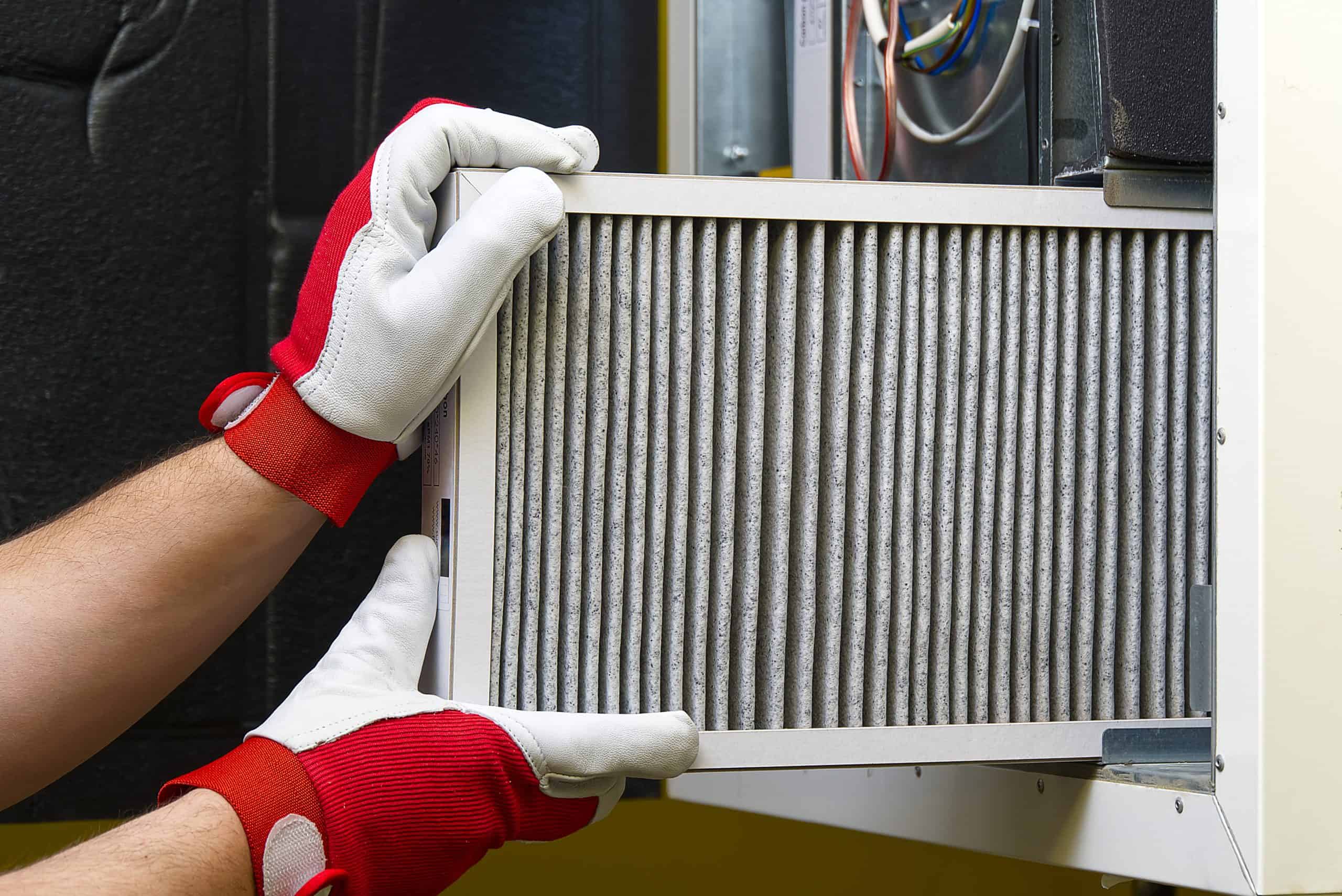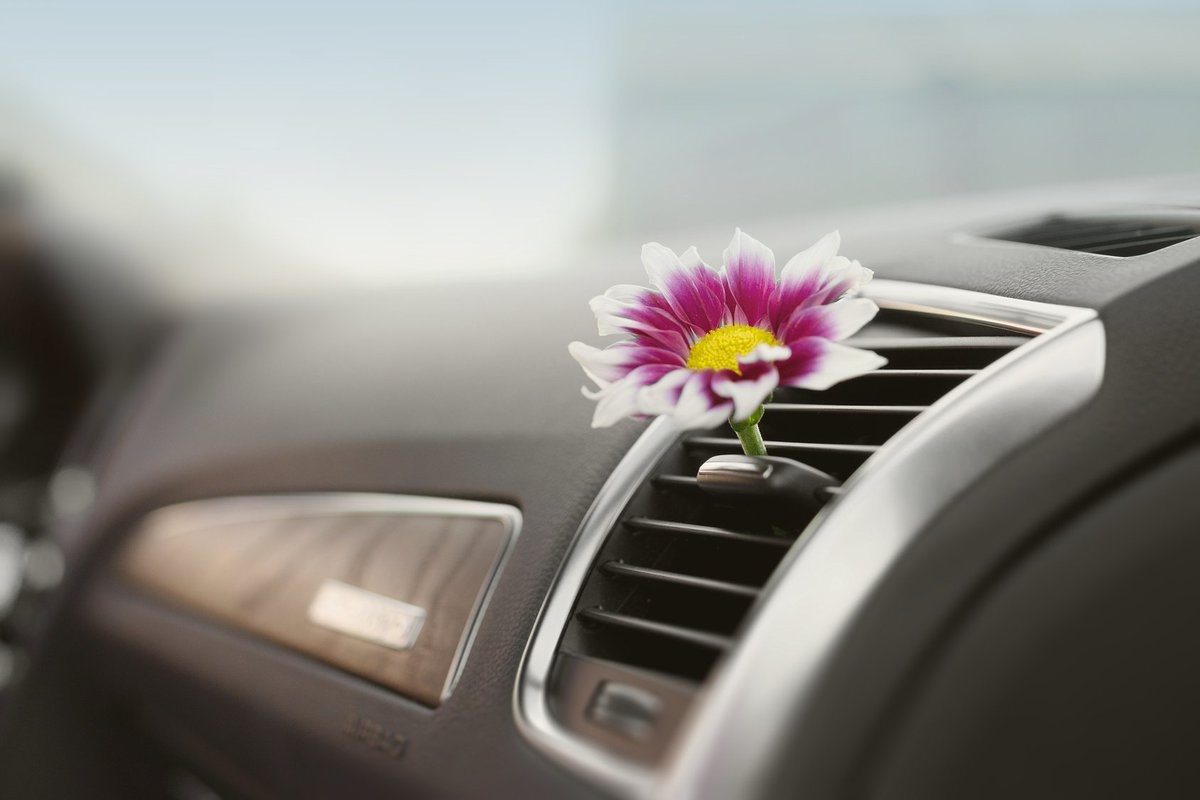The Top Safety Features in Today’s Cars
The Top Safety Features in Today’s Cars
Cars have come a long way in terms of safety features in the last few decades. From airbags to electronic stability control, today’s cars are equipped with a wide range of features designed to protect drivers, passengers, and other road users in the event of an accident.
One of the most important aspects of car safety is the ability to prevent accidents from occurring in the first place. This is where modern safety features come into play. Today’s cars are equipped with a wide range of advanced safety technologies that help drivers stay in control and avoid accidents.
Some of the most common safety features available in modern cars include Automatic Emergency Braking (AEB), Lane Departure Warning (LDW) and Lane Keeping Assist (LKA), Adaptive Cruise Control (ACC), Blind Spot Detection (BSD) and Rear Cross-Traffic Alert (RCTA), and Automatic High Beams (AHB).
In this article, we will take a closer look at these safety features and discuss how they work, as well as the benefits they provide to drivers and other road users.
Automatic Emergency Braking (AEB)
Automatic Emergency Braking (AEB) is a safety feature that uses sensors, such as radar or cameras, to detect obstacles in the road ahead and automatically apply the brakes if the driver does not respond in time. The goal of AEB is to reduce the likelihood of collisions and mitigate the severity of accidents that do occur.
When an obstacle is detected, the AEB system first issues a warning to the driver, such as a visual or audible alert. If the driver does not respond in time, the system will automatically apply the brakes to slow down or stop the vehicle. In some cases, the AEB system can even bring the vehicle to a complete stop to avoid a collision.
One of the key benefits of AEB is that it can help to prevent accidents caused by driver distraction or inattention. For example, if a driver is not paying attention and does not see a stopped vehicle ahead, the AEB system can automatically apply the brakes to avoid a collision.
Another benefit of AEB is that it can help to mitigate the severity of accidents that do occur. For example, if a driver is unable to stop in time to avoid a collision, the AEB system can automatically apply the brakes to slow down the vehicle and reduce the impact of the accident.
Overall, Automatic Emergency Braking (AEB) is an advanced safety feature that can help to reduce the likelihood of collisions and mitigate the severity of accidents that do occur. It is a great safety feature for all the drivers and a peace of mind for the passengers.
Lane Departure Warning (LDW) and Lane Keeping Assist (LKA)
Lane Departure Warning (LDW) and Lane Keeping Assist (LKA) are two related safety features that help drivers stay in their lanes on the road.
LDW uses cameras or sensors to detect the painted lines on the road and determine the vehicle’s position within the lane. If the system detects that the vehicle is drifting out of its lane without the turn signal being activated, it will issue a warning to the driver, such as a visual or audible alert.
LKA, on the other hand, is an active system that can help the driver to stay in the lane. LKA uses cameras, sensors, or a combination of both to detect the vehicle’s position within the lane, and then it uses the power steering to assist the driver in keeping the car in the lane.
The benefits of LDW and LKA are that they help prevent accidents caused by driver fatigue or distraction. These features can alert drivers if they are drifting out of their lane, which can happen if they are tired or not paying attention to the road.
In addition, LKA also helps to reduce driver stress and fatigue on long trips by helping to keep the vehicle in its lane. This can improve the overall driving experience, which in turn can increase the safety of all the road users.
Overall, Lane Departure Warning (LDW) and Lane Keeping Assist (LKA) are important safety features that help drivers stay in their lanes on the road and prevent accidents caused by driver fatigue or distraction.
Adaptive Cruise Control (ACC)
Adaptive Cruise Control (ACC) is a feature that allows a vehicle to automatically maintain a safe distance from the vehicle in front while cruising on the highway. ACC uses sensors, such as radar or cameras, to detect the distance and speed of the vehicle in front, and then automatically adjusts the speed of the vehicle to maintain a safe following distance.
When ACC is activated, the driver sets the desired speed and distance they want to maintain from the vehicle in front. If the vehicle in front slows down, the ACC system will automatically reduce the speed of the vehicle to maintain the safe following distance. Once the vehicle in front speeds up or moves out of the way, the ACC system will return the vehicle to the set speed.
One of the key benefits of ACC is that it can reduce driver stress and fatigue on long trips. By maintaining a safe following distance and automatically adjusting the vehicle’s speed, ACC takes some of the burden off the driver and allows them to relax and focus on the road ahead.
In addition to reducing driver stress and fatigue, ACC can also improve overall safety on the road. By maintaining a safe following distance, ACC can help to reduce the risk of rear-end collisions and improve the flow of traffic.
Overall, Adaptive Cruise Control (ACC) is a valuable safety feature that can reduce driver stress and fatigue on long trips, and improve overall safety on the road. It can be a great feature for the drivers who spend a lot of time on the highway and looking for a more comfortable and safer driving experience.
Blind Spot Detection (BSD) and Rear Cross-Traffic Alert (RCTA)
Blind Spot Detection (BSD) and Rear Cross-Traffic Alert (RCTA) are safety features that help drivers detect potential hazards in their blind spots or when reversing.
BSD uses sensors, such as radar or cameras, to detect vehicles in the driver’s blind spot. When a vehicle is detected, the BSD system will typically display a warning, such as a light on the side mirror or a chime, to alert the driver that a vehicle is in their blind spot.
Rear Cross-Traffic Alert (RCTA) uses sensors, such as radar, to detect vehicles or pedestrians crossing behind the vehicle when reversing. When a vehicle or pedestrian is detected, the RCTA system will typically display a warning, such as a light on the rearview mirror or a chime, to alert the driver that there is a potential hazard behind the vehicle.
The benefits of BSD and RCTA are that they can help reduce the risk of accidents caused by blind spots or poor visibility. These features can alert drivers to potential hazards in their blind spot, which can help prevent accidents caused by changing lanes or merging into traffic.
In addition, RCTA can be a lifesaver when reversing in a busy parking lot or a driveway, where a driver might not be able to see a person or a vehicle crossing behind them.
Overall, Blind Spot Detection (BSD) and Rear Cross-Traffic Alert (RCTA) are important safety features that can help reduce the risk of accidents caused by blind spots or poor visibility, and make the driving experience safer and more comfortable.
Automatic High Beams (AHB)
Automatic High Beams (AHB) is a safety feature that automatically switches the headlights from low beams to high beams and back again, depending on the lighting conditions of the road.
AHB uses sensors, such as cameras or infrared sensors, to detect the presence of other vehicles on the road. When a vehicle is detected, the AHB system will automatically switch the headlights to low beams to avoid dazzling the driver of the other vehicle. When no other vehicles are detected, the headlights will automatically switch back to high beams to provide the best visibility for the driver.
The benefits of Automatic High Beams (AHB) are that it can help improve visibility on the road at night. High beams provide brighter and farther visibility, allowing the driver to see the road and potential hazards ahead more clearly. By automatically switching the headlights between high and low beams, AHB helps to improve visibility for the driver while also ensuring that other drivers on the road are not blinded by the headlights.
Another benefit of AHB is that it can help to improve the overall driving experience at night. By automatically switching the headlights, AHB can help to reduce the burden on the driver and make the driving experience more comfortable and less fatiguing.
Overall, Automatic High Beams (AHB) is a valuable safety feature that can help improve visibility on the road at night and make the driving experience more comfortable and less fatiguing. It is a great feature for drivers who frequently drive at night, especially on rural roads.
Conclusion
In this article, we have discussed some of the top safety features available in today’s cars, including Automatic Emergency Braking (AEB), Lane Departure Warning (LDW) and Lane Keeping Assist (LKA), Adaptive Cruise Control (ACC), Blind Spot Detection (BSD) and Rear Cross-Traffic Alert (RCTA), and Automatic High Beams (AHB).
We have explained how these features work, and discussed the benefits they provide to drivers and other road users. From reducing the likelihood of collisions to improving visibility on the road at night, these safety features can make a big difference when it comes to keeping drivers, passengers, and other road users safe.
It is important to note that these safety features are not only available in luxury or high-end vehicles, but also standard in most of the cars today. These features are designed to improve the overall safety of the vehicle and the driver and make the driving experience more comfortable and less fatiguing.
In conclusion, car safety features have come a long way in recent years and are now an important aspect of modern cars. It is crucial for the buyers to consider the safety features when purchasing a new car, and for the owners to understand and use these features properly for maximum safety.


